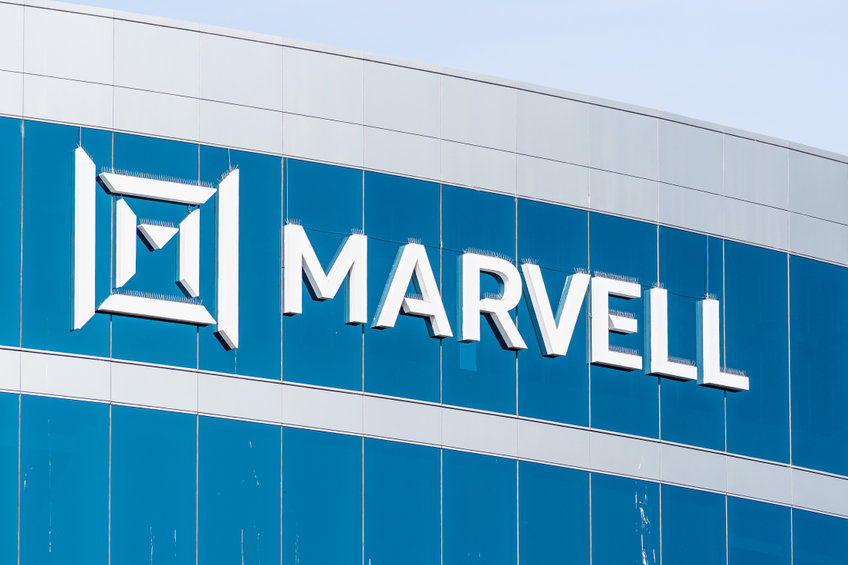Nvidia (NVDA) stock has remained in a deep bear market, falling by over 23% from its highest point this year. This drop has brought its market cap to over $2.6 trillion, down from its all-time high of $3.35 trillion.
Nvidia’s valuation can be justified
Nvidia’s shares have dropped because of the rising fears that the artificial intelligence industry has started to slow. In its most recent results, the company guided to Q3 revenues of $32 billion, up from the $30 billion it made in the previous quarter.
After a few years of record-breaking growth, chances are that AI spending will start slowing and competition, especially from AMD, will continue rising.
The other important reason is the general view that Nvidia is a highly overvalued company. While its stock has dropped by 23%, it still trades at hefty valuations. Its trailing price-to-earnings ratio stands at 50 while its forward multiple is 38. In contrast, the S&P 500 index has a multiple of 20.
To some extent, Nvidia’s valuation can be justified because of its strong market share in the GPU industry, strong market share, and the Compute Unified Device Architecture (CUDA) software that lets developers to use its GPUs for general purpose processing.
Nvidia’s annual revenue stood at over $10 billion in 2020 and now analysts expect that it will get to $177 billion in 2025. It is also a high-margin business with net profit margins of over 55%. This means that its net profit will be over $110 billion when its revenue hits $200 billion in 2026.
Most importantly, Nvidia’s products will be highly essential in the technologies that emerge in the next decades.
Marvell Technologies hefty valuation
While Nvidia’s valuation can be justified, it is a bit to justify Marvell’s Technologies (MRVL) one.
Marvell is a semiconductor company with a market cap of over $62 billion and an average stock target by analysts of $92. If it hits that valuation, it means that its valuation will hit over $100 billion.
Marvell Technologies provides products for industries like data centers, enterprise networking, carrier infrastructure, consumer, and industrial. Some of its products are cloud and on-premise AI systems, AI servers, storage systems, and general-purpose servers.
The main challenge for Marvell is that its revenue and profitability growth is not so strong to justify its hefty, valuation, which I will describe below.
The most recent financial results showed that Marvell made over $1.2 billion in quarterly revenue, an increase from $1.16 billion in the same quarter in 2023. Its six months revenue was $2.4 billion, down from the $2.66 billion it made in Q2’23.
Marvell is not yet a profitable company as its net loss for the quarter improved to $193 million and its first half of the year rose to $408 million. Altogether, Marvell’s total annual loss in the last four years stood at over $1.3 billion.
Analysts expect that Marvell Technologies revenue will be $5.4 billion, a small increase from the $5.51 billion it made in 2023. For next year, revenue is expected to jump to over $7.47 billion, helped by its electro-optics and custom silicon.
Marvell’s valuation is mostly because of its data center division whose revenue rose to $881 million from $460 million in the previous quarter. This growth was offset by a big drop in enterprise network whose revenue fell by over 50% to over $151 million.
Carrier infrastructure revenue also fell by 72% while its consumer and automotive/industrial fell by 47% and 31%.
Marvell’s P/E multiples are stretched
Before we look at Marvell’s multiples, let us look at its current valuation and compare it with its revenue. This is a $62 billion company with estimated 2025 revenues of $7.47 billion, meaning that it is trading at 8.4 forward sales, which is quite expensive.
Since Marvell has no earnings, we can estimate what its profits will be when it gets to $7.47 billion. The industry net profit margin is 3.6% while Dell has 4.32% and HPE has 6.40.
If we are generous and give it a net income of 10%, and assuming that its revenues will hit $8 billion, then it means that its profit will be $800 million, which would still give it a P/E ratio of 77.5, which is highly expensive.
Keep in mind, only one division – the server – is doing well, with the others having a sharp drop in revenues. Therefore, there is a risk of what will happen if the AI spending boom starts to fade.
Analysts are questioning whether the industry has more room to grow in the future. In a recent note, analysts at Goldman Sachs wondered whether the $1 trillion AI boom will pay off over time. The main takeaway is that there is a likelihood that server demand may start to cool down in the coming months, which will affect Marvell.
The post Think Nvidia stock is expensive? Just look at Marvell Technology appeared first on Invezz

